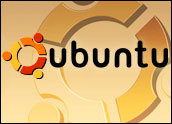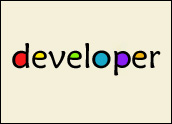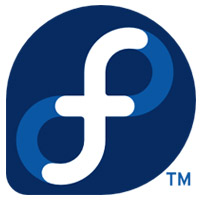
Larry Augustin strives for collaboration.
Augustin and James Vera launched VA Research in 1993 with the hope of providing a Linux-based operating system for personal computers. After the company bought out its biggest rival — Linux Hardware Solutions — the company changed its name to VA Linux Systems and went public. After several tumultuous years and the purchase of Andover.net, the company’s focus morphed into a worldwide, open source software development network.
Today, the open source developer network is one of the largest, decentralized networks of its kind. Augustin, who is still on the board of directors of the company, now known as “SourceForge,” is now a part-time venture capitalist with Azure Capital Partners, where he’s on the lookout for what’s next in development.
These days, Augustin serves on the advisory board for Appcelerator, a Web application development company that he believes has the opportunity to do for application building what VA Research did for open source software development. He recently spoke exclusively with LinuxInsider about the importance of open source software.
LinuxInsider: When you helped build what would become the open source developers network, did you anticipate that this type of software would become so integral to modern programming?
Larry Augustin:
It’s really tough to go back and put yourself back in that mindset. We all had a sense at the time [that software development] was a one-way street. That’s what’s interesting about open source and the GPL. Once software goes into the GPL, you can’t take it back. People can stop contributing, but the code that exists, people can continue to develop on it.
There was always a sense that this would be an extremely important development around software. I couldn’t look forward and say MySQL will get bought for (US)$1 billion by Sun. It was really hard to take that leap that large valuable businesses [could build] around that idea, but we felt it would be significant development in software.
LI: Was there a sense that open source software and the Free Software Foundation would keep modern programming somewhat buffered from proprietary development?
Augustin:
The really important thing at the time was that we were producing better software. It wasn’t about freedom or rights. I have a background in software engineering. It’s fascinating to see a loose collaboration of people working over the Internet making better software than corporations that are following the discipline of software engineering.
I had been using FSF to do software for awhile. I would carry about a disk drive and every time we got a new workstation, I’d plug the disk drive and wipe out most of the software that came from Sun and install the software we got for free from the Internet. It wasn’t that we couldn’t get any software that we wanted for free — we had access, so it wasn’t a cost issue — it was the stuff we liked to use and the better tools was software we got off the Internet. That was the eye-opening factor. There was something happening that the commercial software companies didn’t get it.
There was a trend with commercial technology companies no longer caring about great software. Instead, they started getting really good at sales and marketing. It started around the early ’90s and through the bubble, it stopped being about the technology. You’d write something and then outsource the rest of the development. It wasn’t about the technology. And that caught up with the industry.
LI: Now, though, there’s an increased emphasis on the front end design as well. Why now?
Augustin:
If you go back to 1985 and 1990 as a reference, if you wanted to build a nice user interface, you had to do it for every different specific kind of client out there, in multiple technologies. It was not easy. I remember at one point, in a period of three years, I had to build user interfaces in four different UI kits. I threw up my hands and said I wasn’t building another end user interface until I knew that I can use the same tool kit every year.
Now, I can write an app with a rich interface and I can write a client-side app that runs on everything, and I know that it’s going to continue to run on everything for awhile. The opportunity for end-user interface design is huge. Now I can reach everybody with an app, without worrying.
LI: At first glance, Appcelerator seems to be a deviation from your work in the open source developer community. However, it appears like the company is working toward building a Web application developer community.
Augustin:
Writing [Web applications] in Ajax, even with the toolkits that are out there today, is really a terrible programming model.
If you were to sit down and take someone who doesn’t know anything about software, they would look at you like you’re crazy. There are all these details you shouldn’t worry about. It’s a poor way to construct something. And if you look at the Web browser history, you can see these little steps in the development process that make sense along the way. But you’re now making rich, client-side applications for a platform that wasn’t designed for that.
The other thing that happened along the way, people have gotten much better at taking the back end of the sites and making them available for developers. You have these services that now offer all the back end. Now we need front ends to all of this.
LI: So does Appcelerator morph into a type of developer network similar to the open source development network?
Augustin:
The thing about this market and the Internet is clearly one company isn’t going to be able to take all of this on regardless of how much they work with other companies. But I do think this is going to be a developer community.


















































